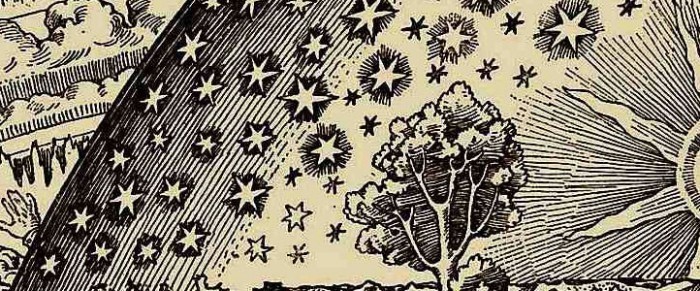What If It’s All Connected? – Synchronicity and Coincidence
Chance York is here to talk about coincidence and synchronicity. We start out with Carl Jung’s groundbreaking work, Synchronicity. Spencer describes the curse of Amir Temur, the 14th century conquerer who possibly cursed Joseph Stalin. Then, we cover The Wreck of the Titan, the 1898 novella that seemingly predicted the sinking of the Titanic in 1912. Ryan tells us about Russian spies sending messages inside fake coins, and the story of Reino Hayhanen. Chance finds some percussion.
Hot Topics: Coincidence, Synchronicity, Carl Jung, The Wreck of the Titan, Amir Temur, Russian Spies, Reino Hayhanen, Space Dolphins, Bruno Borges, Sorry Wisconsin, My Hear Will Go On, Potty Training Breakthroughs, Timbaland Steals a Sheep, 500 Year Old Curses, Sean Anonymous, June 22nd, and Much More.
Amir Temur
Amir Temur ruled much of the middle east and central Asia in the 1300s. He thought himself Genghis Khan’s heir. Following Khan’s death in 1227, his primary goal was to rebuild the Mongol empire. He mostly succeeded. However, he killed nearly 17 million people along the way.
His legacy is very different in different parts of the world. Central Asia generally views him positively, as he united the Muslim world. He is officially recognized as a national hero in Uzbekistan. In Iraq, Iran, and India (where he killed millions of people), he is vilified.
In June 1941, Joseph Stalin sent a team to Uzbekistan to find and open the tomb of Temur. The opening of the tomb was to be documented by a film crew. Upon finding the tomb, the Soviets noticed an inscription. It read: “When I rise from the dead, the world shall tremble.” Inside the casket, there was a second inscription. “He who opens my tomb shall unleash an invader more terrible than I.”
The Soviets opened Timur’s tomb on June 22, 1941. That same day, Hitler attacked the Soviet Union. As a result of the war, the USSR lost 26.6 million men and women in total, more than any other country in human history.
Due to growing fear over the curse, the Soviets returned Temur’s remains. They reburied him, under full Islamic burial procedure, in November 1942. Later that month, the Red Army successfully launched Operation Uranus in Stalingrad. This ended up being the turning point on the Eastern Front.
The Wreck of the Titan
In 1898, Morgan Robertson wrote a novella titled Futility. In the story, he describes a ship named Titan. It was the largest ship of its day. Fourteen years later, the Titanic set sail. There are so many similarities between the two, that it seems like more than just a coincidence.
- The ships have very similar names.
- Both ships were “unsinkable”.
- Both ships hit an iceberg in the north Atlantic ocean.
- The Titan was 800 feet long, while the Titanic was 882 feet long.
- Despite having thousands of passengers on board, both ships carried the legal minimum number of lifeboats.
Following the Titanic’s sinking, some people credited Robertson with clairvoyance. Robertson denied this, citing his extensive knowledge of shipbuilding and maritime trends.
Have an idea for an episode? Share it with us here!

